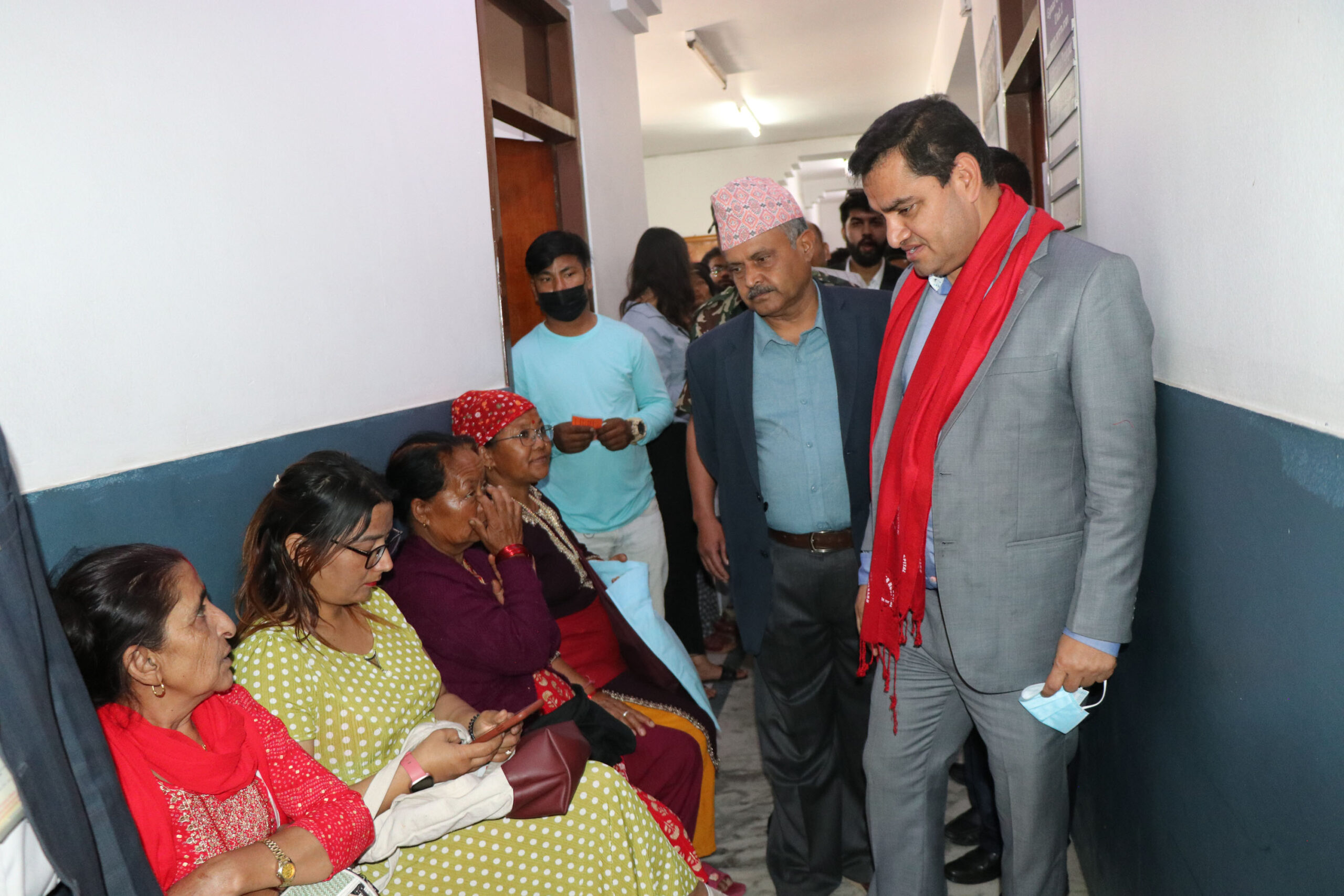Excessive napping could be a sign of dementia, study finds

Frequent napping or regularly napping for extended periods during the day may be a sign of early dementia in older adults, a new study revealed.
Elderly adults who napped at least once a day or more than an hour a day were 40% more likely to develop Alzheimer’s than those who did not nap daily or napped less than an hour a day, according to the study published Thursday in Alzheimer’s and Dementia: The Journal of the Alzheimer’s Association.
Increased need for naps
Sleep quality and quantity does decline with age, often due to pain or complications from chronic conditions such as more frequent bathroom breaks. Thus, elderly people do tend to take naps more often than they did when they were younger.
But daytime napping can also be a signal of brain changes that are “independent of nighttime sleep,” Leng said. She referenced prior research that suggests the development of tau tangles, a hallmark sign of Alzheimer’s, may be affecting wake-promoting neurons in key areas of the brain, thus disrupting sleep.
For 14 days each year, participants in the current study wore a tracker that captured data on their movements; No movement for an extended period between the hours of 9 a.m. and 7 p.m. was interpreted as a nap.
While it’s possible that people could have been reading or watching TV, “we have developed a unique algorithm to define naps and to differentiate naps from no activity. We didn’t define a specific length for ‘extended nap’ but we were more focused on the accumulated nap minutes per day and the change in the length of naps over the years,” Leng told CNN.
“Further studies are warranted with devices that are validated to detect sleep versus sedentary behavior,” Isaacson said. “But at the same time, being sedentary and not moving for long periods of time Is a known risk factor for cognitive decline and Alzheimer’s.
“Regardless of the reason, falling asleep during the day or excessive napping raises my antenna to focus on whether the person may be at higher risk for Alzheimer’s disease or cognitive decline,” he said.
Over the 14 years, the study found daily daytime napping increased by an average 11 minutes per year for adults who did not develop cognitive impairment. However, a diagnosis of mild cognitive impairment doubled nap time to a total of 24 minutes a day. People who were diagnosed with Alzheimer’s nearly tripled their nap time, to an average of 68 minutes a day.
The “drastic increase” in napping length and frequency over the years seems to be a particularly important signal, Leng said.
“I don’t think we have enough evidence to draw conclusions about a causal relationship, that it’s the napping itself that caused cognitive aging, but excessive daytime napping might be a signal of accelerated aging or cognitive aging process,” she said.
What to do?
Preferably, adults should limit any daytime naps to 15 to 20 minutes before 3 p.m. to achieve the most restorative benefits from napping and keep from harming nighttime sleep, Leng said.
In addition, older adults and caregivers of people with Alzheimer’s disease should pay increased attention to daytime napping behaviours, and be alert to signs of excessive or increased numbers of naps, she said.
Any significant increase in napping behaviour should be discussed with a doctor, Isaacson said.
“I think it’s never too late for someone to be able to make a brain-healthy lifestyle change or pay more attention to their brain health,” Isaacson said. “Making sleep a priority, paying attention to sleep quality and talking to your doctor about sleep: These are all critical things.”










